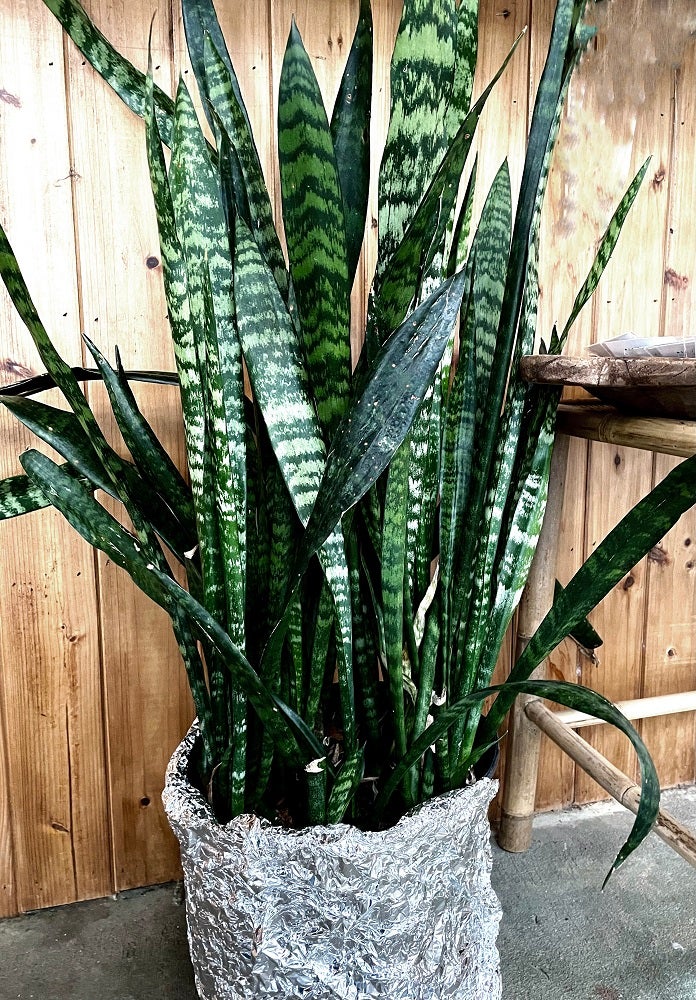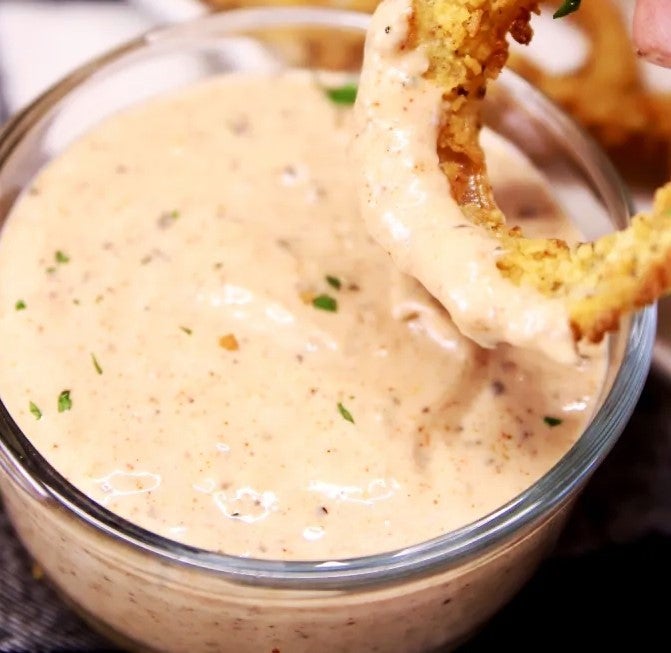How to keep poinsettias growing year-round
Published 7:00 am Wednesday, January 4, 2017
The poinsettia is the classic Christmas plant and the top-selling flowering potted plant in the United States.
The plant we know as “poinsettia” is native to Mexico in the southern region known as Taxco del Alarcon. It was introduced in 1828 by the first U.S. ambassador to Mexico, Joel Poinsett.
It is possible to enjoy your poinsettia many weeks into the New Year. The brightly colored parts of the plant (called bracts) are actually modified leaves. The true flowers are the yellow bead-like structures in the center of the poinsettia (called cyathia). Poinsettias range in color from the traditional red to pink, white, salmon, and bicolor. Hybridizers continue to develop more colorful, stronger cultivars that have longer-lasting bracts. If properly cared for, poinsettias may last many weeks or up to several months.
To prolong the bracts’ color, keep daytime temperatures between 68 and 72 degrees and nighttime temperatures about 60 degrees. Place the plant in a bright location. To increase the humidity around the plant, place the poinsettia on a saucer filled with gravel and water. Poinsettias do not like drastic temperature changes, so keep them away from vents, radiators, and space heaters.
Many of the new varieties of poinsettias have foliage and bracts that remain throughout the entire winter and into spring. Continue to water and provide indirect light for these poinsettias with the same care as during the Christmas season. When the bracts begin to fade, let the soil in the pot dry, but do not let the stems shrivel. Keep the plant in a warm area as it becomes semi-dormant.
When all danger of frost has passed and night temperatures average 55 degrees or above, cut the poinsettia back to 6 to 8 inches in height. Remove the plant from the pot and repot in a larger container using a packaged potting mix, and place the container outdoors.
Or you can plant it directly into a flowerbed. Either way, make sure you choose a wind-protected, sunny location with some protection from midday and afternoon sun.
Continue to provide water and begin fertilizing every 3 to 4 weeks with a well-balanced, complete fertilizer, such as a 10-5-10. Always follow package directions when using any fertilizer. New growth should appear within 2 weeks of repotting or planting into the ground. Be sure to keep the plants moist during the hot, dry months of June, July, and August.
Pinching back or pruning of new growth will be required during the summer months to keep the plant compact and bushy. Depending on the rate of growth, you may need to cut back once a month, leaving four leaves on each shoot. Do not pinch or prune after September 1 because this can impact or delay flowering.
Poinsettias are photoperiodic plants and respond to night length. You must artificially manage the environment to stimulate flowering, which naturally occurs around Christmas in their native Central America. To do this, protect them from the cold by moving indoors and providing the long, uninterrupted nights they require to bloom.
From October 1 until blooming, poinsettias should be placed in complete darkness for 14 continuous hours at night. Even the slightest amount of light from a garage light or door opening will keep the plant from flowering by Christmas. If it is necessary to grow the plant in a room where artificial light is common in the evening, make a cover for the plant by using a dark material or move it to a darkened room or closet each night. Depending on the cultivar, the bracts should begin to color by late November. The poinsettia should be in full flower by Christmas if it has received the required photoperiod after October 1.
By Dr. Eddie Smith




